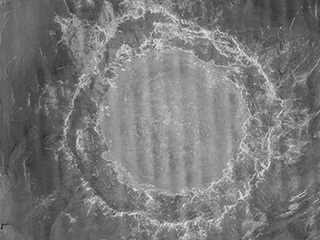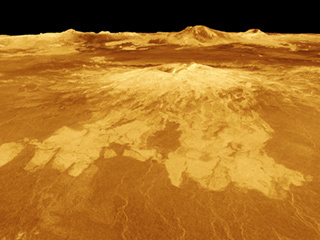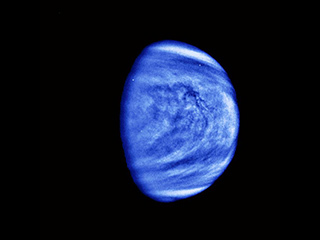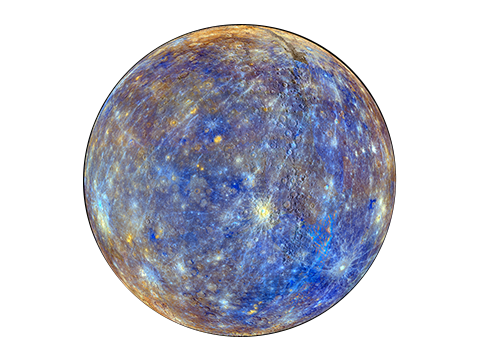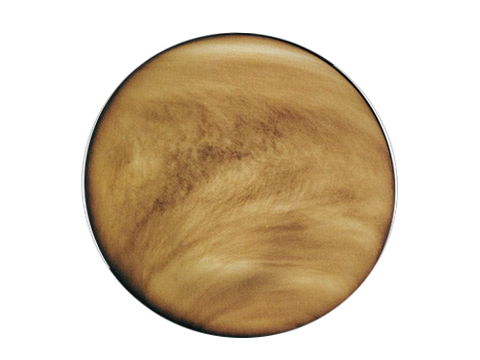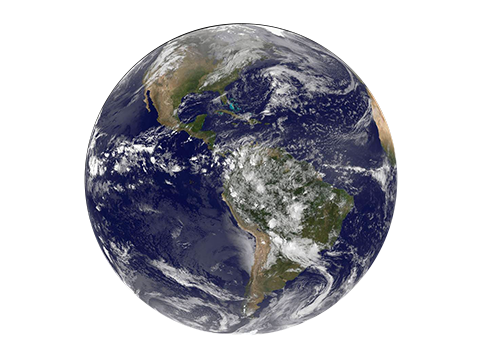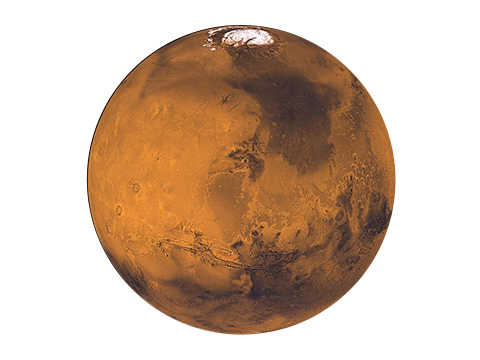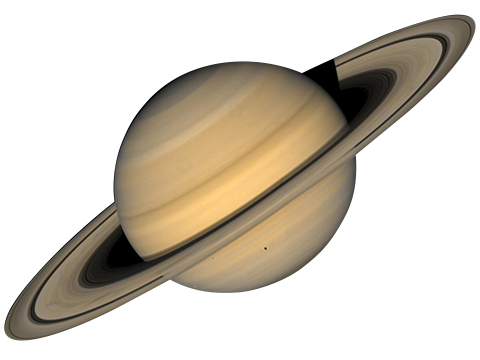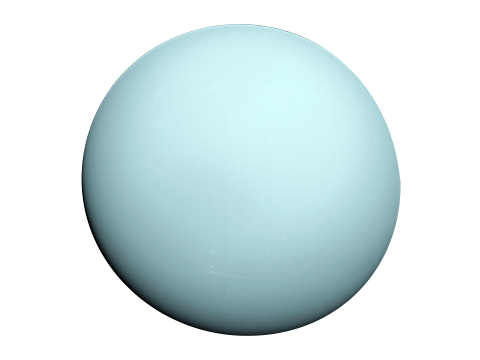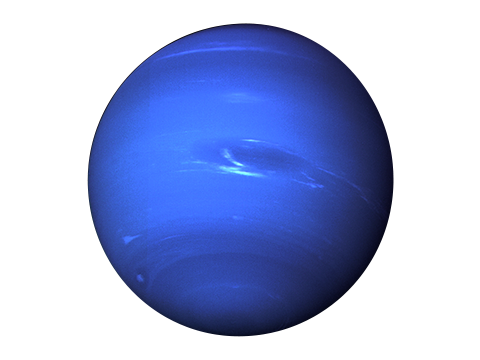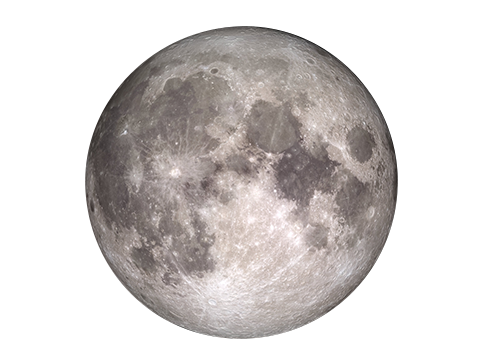-
 VENUS
VENUS
Planetary Hot Spot
66,788,710 MI
DISTANCE FROM SUN
5.975581 mins
ONE WAY LIGHT TIME TO THE SUN
225 Earth Days
LENGTH OF YEAR
Terrestrial
PLANET TYPE
The Latest
Jan. 31, 2019: A Japanese research group has identified a giant streak structure among the clouds covering Venus based on observation from the spacecraft Akatsuki.
The team also revealed the origins of this structure using large-scale climate simulations. The group was led by Project Assistant Professor Hiroki Kashimura (Kobe University, Graduate School of Science) and these findings were published on January 9 in Nature Communications.
Second planet from the Sun and our closest planetary neighbor, Venus is similar in structure and size to Earth, but it is now a very different world. Venus spins slowly in the opposite direction most planets do. Its thick atmosphere traps heat in a runaway greenhouse effect, making it the hottest planet in our solar system—with surface temperatures hot enough to melt lead. Glimpses below the clouds reveal volcanoes and deformed mountains.
10 Need-to-Know Things About Venus
1 EARTH-SIZED If the sun were as tall as a typical front door, the Earth and Venus would each be about the size of a nickel.
2 SECOND ROCK Venus orbits our Sun, a star. Venus is the second closest planet to the sun at a distance of about 67 million miles (108 million km).
3 A DAY LONGER THAN A YEAR One day on Venus lasts 243 Earth days because Venus spins backwards, with its sun rising in the west and setting in the east.
4 DIVERSE TERRAIN Venus' solid surface is a volcanic landscape covered with extensive plains featuring high volcanic mountains and vast ridged plateaus.
5 MOONLESS AND RINGLESS Venus has no moons and no rings.
6 GREENHOUSE EFFECT The planet’s surface temperature is about 900 degrees Fahrenheit (465 degrees Celsius)—hot enough to melt lead.
7 WATER ON VENUS Many scientists believe water once existed on the surface. Future Venus explorers will search for evidence of an ancient ocean.
8 MANY VISITORS More than 40 spacecraft have explored Venus. The ‘90s Magellan mission mapped the planet's surface and Akatsuki is currently orbiting Venus.
9 LIFE ON VENUS Venus’ extreme temperatures and acidic clouds make it an unlikely place for life as we know it.
10 SUPER ROTATING ATMOSPHERE While the surface rotates slowly, the winds blow at hurricane force, sending clouds completely around the planet every five days.
Did You Know?
The Soviet Union’s Venera 13 survived the intense heat and crushing pressure of Venus’ surface for more than two hours. Engineers from several nations are currently studying methods to extend the life of robotic spacecraft in the extreme environment.
Pop Culture
Named after the goddess of love and beauty, Venus has become nearly synonymous with "woman" in popular culture, as referenced by the famous relationship guide Men are from Mars, Women are from Venus. As a solar system locale, Venus was a popular destination for early 20th century science fiction writers; before we knew about what lay beneath Venus' mysterious cloud cover, writers could speculate about a more hospitable planet and its possible inhabitants.
More recently, Venus has been a backdrop for video games such as Transhuman Space, Battlezone and Destiny. And in the Disney animated film The Princess and the Frog, Ray the firefly falls in love with Venus, "the evening star," as he has mistaken it for another firefly.
Kid-Friendly Venus
Even though Venus isn't the closest planet to the Sun, it is still the hottest. It has a thick atmosphere full of the greenhouse gas carbon dioxide and clouds made of sulfuric acid. The atmosphere traps heat and keeps Venus toasty warm. It's so hot on Venus, metals like lead would be puddles of melted liquid.
Venus looks like a very active planet. It has mountains and volcanoes. Venus is similar in size to Earth. Earth is just a little bit bigger.
Venus is unusual because it spins the opposite direction of Earth and most other planets. And its rotation is very slow.
Visit NASA Space Place for more kid-friendly facts.
MARGARET MEAD CRATER ON VENUS
PERSPECTIVE VIEW OF SAPAS MONS
Sapas Mons is displayed in the center of this computer-generated three-dimensional perspective view of the surface of Venus.
VENUS CLOUD PATTERNS
We Love the Science and Exploration


